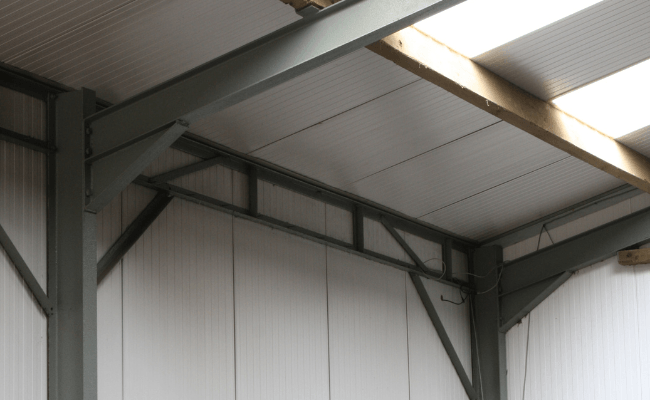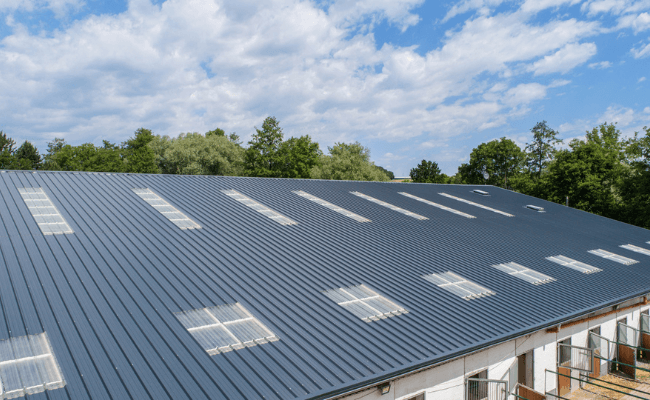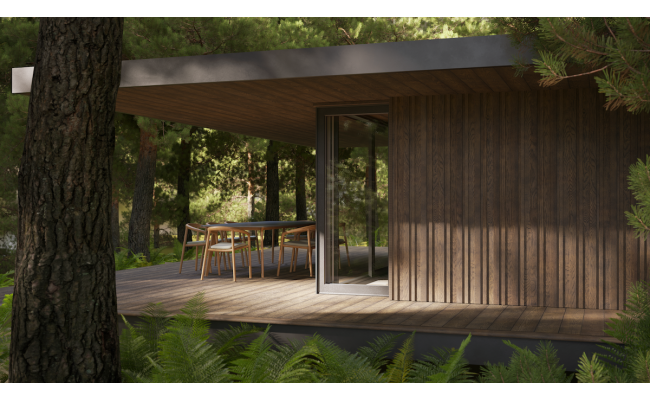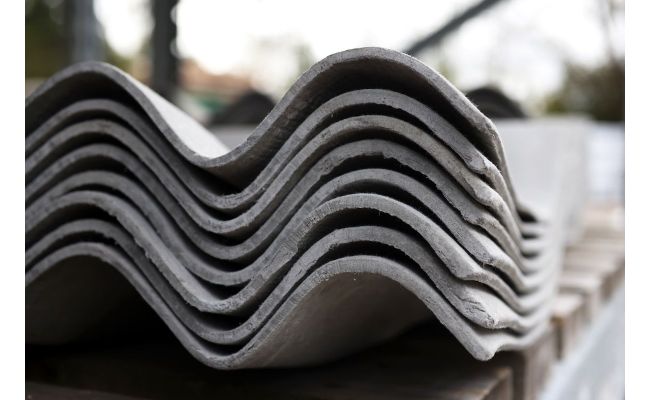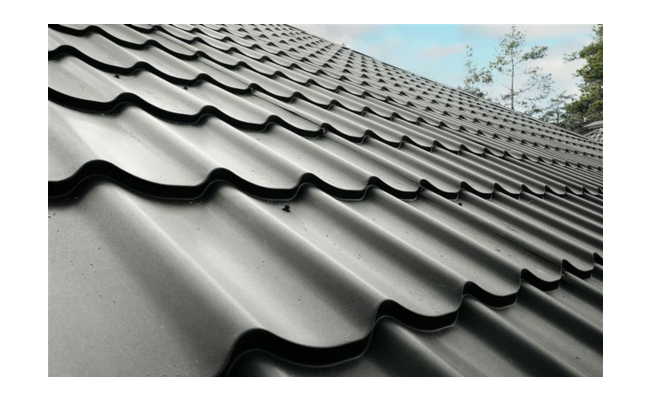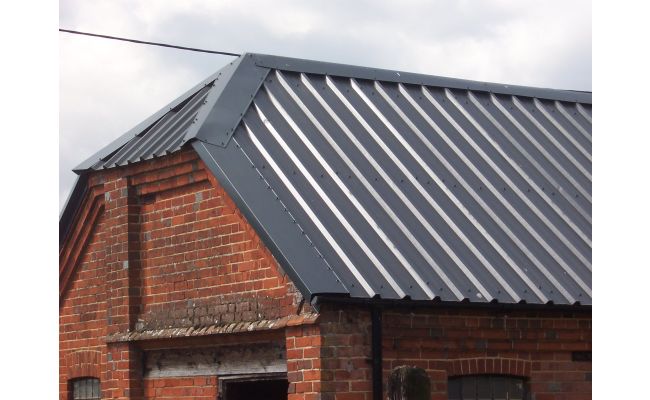As the pandemic continues, we’ve been seeing an increasing number of enthusiastic DIY fans come to Southern Sheeting looking to build a garden office or transform a garden shed into their new working-from-home space.
Many of us have been forced to work in often unsuitable conditions at home, without the desired amount of space, or we have just set up shop in a living room, bedroom or dining room, where family members wander in while we’re concentrating or where the fridge is a constant temptation.
It’s no surprise that people are now thinking about an idyllic office at the bottom of the garden, providing some peace and quiet, plus some separation between work and home.
So, what are the key questions to ask before embarking on this project? Here’s what you need to think about:
Do I need planning permission and do I need to meet building regulations to build a garden office?
Assuming you are not in a conservation area, a National Park or within the grounds of a listed building, there are three main factors when considering the planning permission aspect of your garden office.
Size matters
To avoid going through building regulations a garden office must be under 30m² internally. It can only take up half the garden space. If it eats up more than this, you will need planning permission. The height of the building is also an important factor. The maximum height of 2.5m is widely acceptable on a mono pitch. For dual pitched roofs the eaves can’t be greater that 2.5m and the ridge height no greater than 4m without planning.
Location, location, location
Garden buildings to the rear or the side of the house do not require planning permission, assuming they are further away from the road or public highway than the main home. Taller garden buildings must be located at least 2m from the boundary without planning permission. Lower buildings (up to 2.5m tall) can be closer than 2m from the boundary but any side within 1m of the boundary must be suitably treated so that it is non-combustible. The ideal material for this is Cedral Cladding.
Use
Should you want to run a business full time from your garden building you may well need to apply for garden office planning permission.
It is important that you get what you want from your garden building in terms of size, location and use. Planning permission is often a straightforward process for garden buildings so it’s not worth compromising the build to avoid seeking planning permission. There’s also no point putting in all that hard work to build something that does not comply with planning and then have to take it all down – if in doubt you should always contact your local council for advice before making any build decisions.
Can I convert my current shed or summer house?
Yes, this is often possible. You may need to insulate the building further to stay warm and to prevent condensation and damp from affecting any computers, equipment or paperwork. You may also want to reinforce the structure and add more substantial cladding as many standard sheds are made from very thin timbers.
How do I get power to my garden office?
Whilst it is possible to get some power to your office via the use of solar panels, this will not be sufficient to power computers, appliances, lighting and the heating that you’ll have running for prolonged periods whilst working. Ideally, you’ll need to run a dedicated power supply from your house to the garden office.
Power cables should ideally be buried underground and then run through a consumer unit at the outbuilding. Whilst you are allowed to carry out this work yourself, your handiwork must be signed off by a qualified electrician. It’s also worth noting that you will struggle to find an electrician to sign off your work when they haven’t seen how it was done. We would always recommend that other than digging the trench, you get a qualified electrician to carry out the wiring part of the project from start to finish.
How do I get connected online in my garden office?
If you are running an underground power cable, it would be advisable to run an ethernet cable at the same time from your house to the garden office. This will give you the most reliable hardwired connection and offer another more localised point for Wi-Fi within the office. There are however other ways to get internet access either through your powerline or via Wi-Fi extenders.
How do I keep my garden office secure?
You may have expensive computer equipment in your garden office which could be tempting for thieves, especially when so many people are struggling financially. Doors and windows with strong locks would be the first deterrent to install. This is especially worth looking at if you are upgrading a garden shed which could have thin doors that are easy to break into. Install blinds for windows and doors to hide any expensive items. Lastly, if you have gone to the trouble of running power and ethernet to your garden office, then a CCTV camera is a relatively low investment and extremely off-putting to any would be burglar.
What can I use to clad my garden office?
There are several side cladding options for garden offices made of timber, corrugated steel, PVC or the ever popular Fibre Cement Weatherboard. The advantages of Cedral Fibre cement Weatherboard are that it is extremely low maintenance, does not rot, warp or fade, is non-combustible and comes in a variety of 23 painted wood effect colours.
What can I use on the roof of my garden office?
There are many options for roofing garden offices. But for easy and speedy installation whilst offering some insulation, we would advise buying insulated composite panels. These are a sandwich type panel with an external hard-wearing outer sheet, available in various colours. They come with a PIR foam insulation core, available in different thicknesses and a bright white liner sheet. These sheets can be made to order according to your desired length and act as the ceiling of your building. So, there’s no need to add extra insulation, plaster or paint.
Now that all your key questions have been answered, you’re ready to start planning your garden office and you can look forward to some well-earned peace and quiet during the working day.





